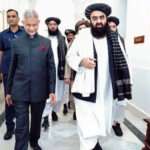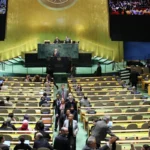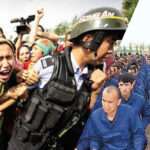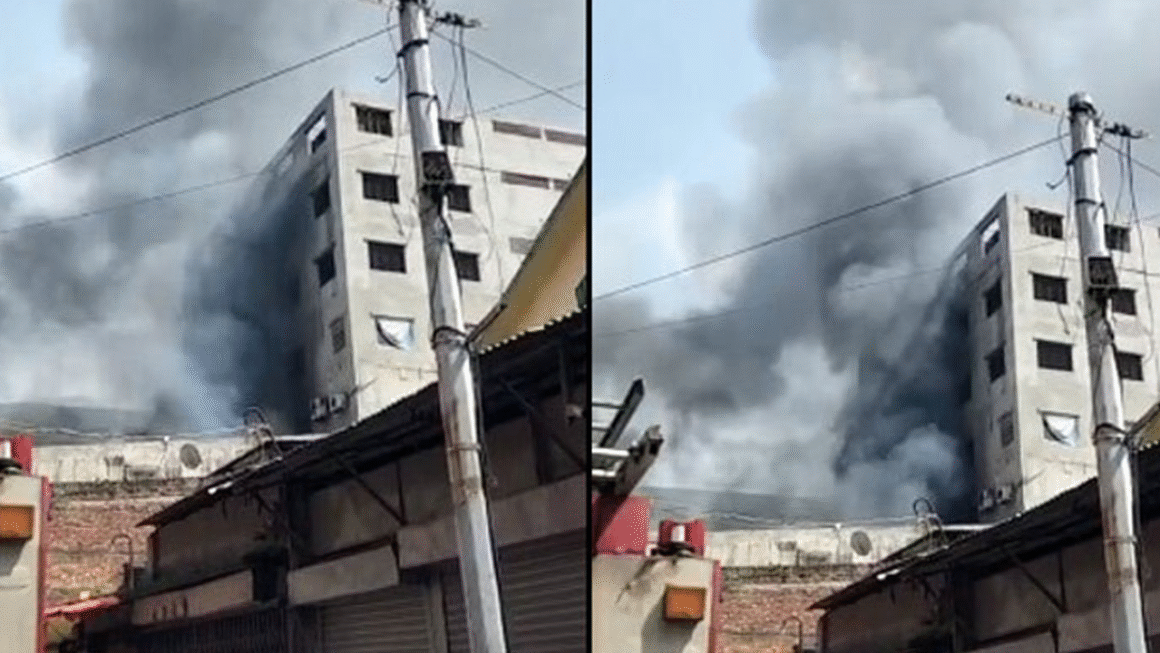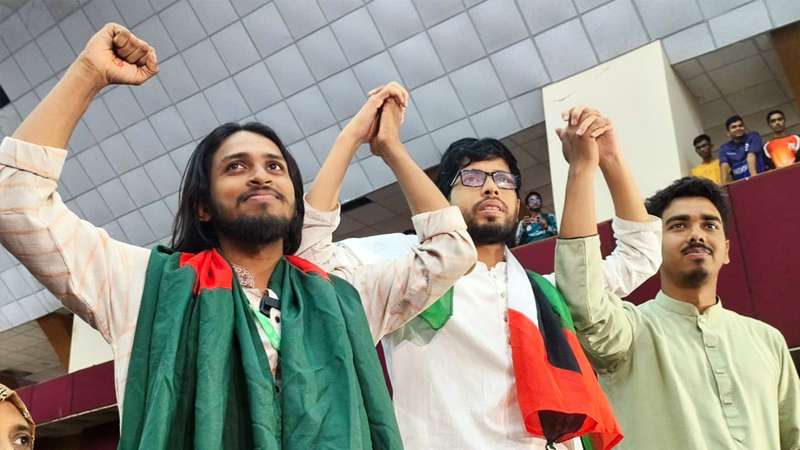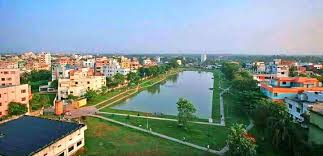 Introduction to Sonadanga Solar Park in Khulna-
Introduction to Sonadanga Solar Park in Khulna-
The Sonadanga Solar Park in Khulna is one of the significant renewable energy ventures in Bangladesh that represents a shift towards sustainable power solutions. Located in the Sonadanga area of Khulna city, this solar park stands as a symbol of Bangladesh’s ambition to diversify its energy sources and reduce dependency on fossil fuels. As global warming becomes a critical issue, such eco-friendly projects are vital for the country’s green development strategy.
Location and Overview-
The Sonadanga Solar Park is strategically located in the Sonadanga Upazila of Khulna Division, which is one of the largest and most populated areas in southern Bangladesh. This location was selected due to its adequate land availability and optimal solar irradiance conditions.
The park utilizes photovoltaic (PV) technology, which directly converts sunlight into electricity. It is connected to the national grid, providing clean energy to thousands of homes and industries in the region.
Background and Development-
The development of the Sonadanga Solar Park in Khulna is part of the Government of Bangladesh’s initiative under its Renewable Energy Policy 2008, which aims to generate 10% of the country’s electricity from renewable sources. With increasing urbanization and rising demand for electricity, Khulna was identified as a key location for solar energy implementation.
The project was implemented through a public-private partnership (PPP) model, involving collaboration between Bangladesh Power Development Board (BPDB), the Sustainable and Renewable Energy Development Authority (SREDA), and private energy developers.
Construction of the park began in 2019, and the facility became operational by late 2021.
Technical Specifications-
The Sonadanga Solar Park is a modern, large-scale energy facility equipped with state-of-the-art solar panels and infrastructure. Key technical highlights include:
- Total Capacity: 20 MW (megawatts)
- Technology Used: Mono-crystalline PV modules
- Inverters: String inverters with MPPT (Maximum Power Point Tracking) technology
- Land Area: Approximately 100 acres
- Grid Connection: 33/11 kV substation connection to national grid
- Annual Generation Capacity: Around 30,000 MWh (megawatt-hours)
This clean energy output significantly reduces the carbon footprint, preventing thousands of tons of CO₂ emissions annually.
Environmental Impact-
One of the main purposes behind establishing the Sonadanga Solar Park in Khulna was to contribute to climate change mitigation. Compared to traditional fossil-fuel plants, this solar park has negligible carbon emissions. Benefits include:
- Zero air or water pollution
- Reduction of greenhouse gas emissions
- Conservation of natural resources
- Minimal environmental disruption due to noiseless operations
Moreover, the surrounding landscape of the solar park is maintained with natural vegetation, promoting biodiversity.
Economic and Social Contributions-
In addition to its environmental benefits, the solar park is playing a major role in socioeconomic development:
- Employment Opportunities: Over 300 jobs were created during the construction phase, and more than 50 long-term positions were generated for operations and maintenance.
- Local Business Growth: Power availability has helped nearby small-scale industries and businesses operate more reliably.
- Training and Skill Development: Technicians and engineers from Khulna and nearby regions are being trained in solar energy technologies.
The availability of clean and uninterrupted electricity has improved the standard of living for residents and provided energy security in Sonadanga and neighboring upazilas.
Challenges and Limitations-
While the Sonadanga Solar Park in Khulna has shown immense potential, it has also faced several challenges:
- Land Acquisition Issues: Procuring land in a semi-urban area delayed initial phases of development.
- Monsoon Climate: Heavy rainfall and cloud cover during the monsoon season reduce overall solar energy generation efficiency.
- Grid Congestion: At times, power evacuation to the national grid is hampered due to infrastructural limitations.
The government and stakeholders are working actively to overcome these challenges through advanced planning, technology upgrades, and improved policy frameworks.
Integration with National Energy Policy-
The solar park aligns with Bangladesh Vision 2041, where renewable energy is a core component. According to Power System Master Plan (PSMP) 2016, Bangladesh aims to achieve 3,000 MW from solar by 2030. The Sonadanga Solar Park in Khulna contributes directly to this target, making it a key node in the country’s energy diversification roadmap.
Future Expansion Plans-
To further increase output and improve energy resilience, authorities are considering:
- Hybrid Energy Models: Integration of battery storage and possibly wind energy to stabilize supply during non-sunny periods.
- Digital Monitoring Systems: Use of AI and IoT for real-time efficiency management.
- Capacity Expansion: There are proposals to increase the capacity to 30-50 MW, depending on demand and grid capacity.
These plans show the long-term vision for renewable energy excellence in Khulna.
Renewable Energy and Bangladesh’s Global Standing-
Bangladesh is gaining international recognition for its commitment to clean energy. With support from international agencies like ADB, IDCOL, and World Bank, the country is becoming a model for sustainable energy transformation. The Sonadanga Solar Park in Khulna is featured in many global reports on emerging market clean energy success stories.
Visitor Engagement and Educational Value-
The solar park is also being considered for eco-tourism and academic visits. Schools and universities are encouraged to arrange field trips to the park to educate students about renewable energy, sustainability, and green technology.
There are plans to build a Solar Education Center next to the park where visitors can learn about solar technology, Bangladesh’s energy policy, and how solar panels work.
Conclusion-
The Sonadanga Solar Park in Khulna is more than just a solar power facility—it’s a symbol of Bangladesh’s journey toward sustainability, energy independence, and environmental responsibility. It highlights how smart planning, modern technology, and collaborative effort can create a brighter, cleaner future for generations to come.
By generating clean electricity, creating jobs, and inspiring future innovation, the Sonadanga Solar Park is undoubtedly a shining example in the field of renewable energy.
Frequently Asked Questions (FAQs)-
- What is the total capacity of the Sonadanga Solar Park in Khulna?
-The solar park has an installed capacity of 20 megawatts (MW), capable of powering thousands of homes in the Khulna region. - When did the Sonadanga Solar Park become operational?
-Construction started in 2019 and the park became fully operational in late 2021. - Is the solar park connected to the national grid?
Yes, the generated electricity is supplied to the national grid via a 33/11 kV substation. - What type of solar panels are used in the Sonadanga Solar Park?
Mono-crystalline photovoltaic (PV) panels are used due to their high efficiency and reliability. - How does the park contribute to reducing carbon emissions?
By generating solar energy, the park eliminates the need for fossil fuel use, reducing thousands of tons of carbon dioxide emissions annually. - Can visitors tour the solar park?
-Yes, educational institutions and eco-tourism agencies can organize guided visits. Plans are underway to build a solar education center. - What are the challenges faced by the Sonadanga Solar Park?Challenges include monsoon-related efficiency drops, land acquisition issues, and occasional grid congestion.
- What future plans exist for the solar park?
-There are proposals to expand its capacity, integrate battery storage, and develop hybrid renewable systems.





